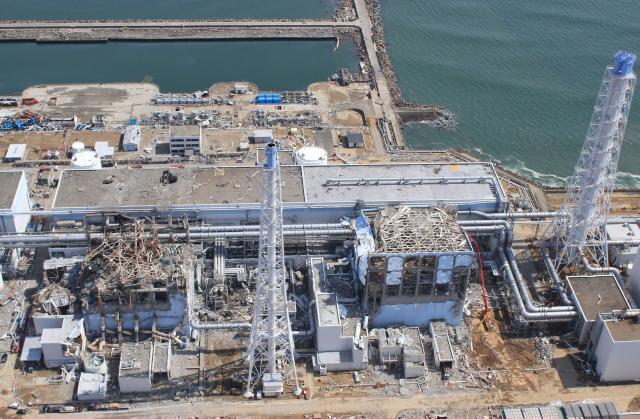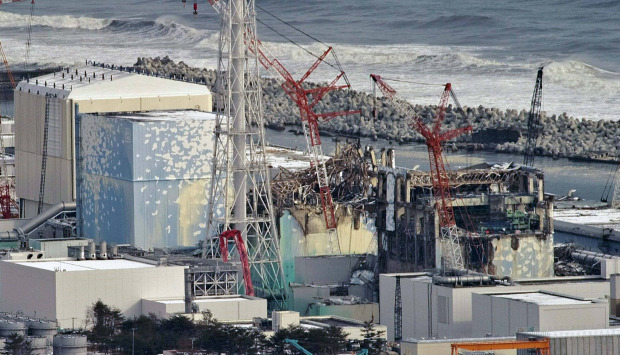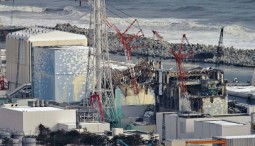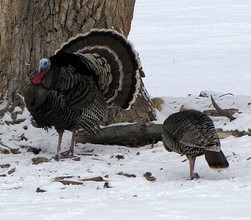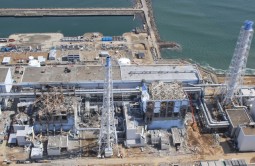
Fukushima’s impacts a year later: In today’s show we offer a full-length feature (start at 4:57) to mark the one-year anniversary of the Fukushima Dai-ichi nuclear power plant disaster — the worse nuclear meltdown since Chernobyl in 1986. We explore the longer-term impacts on public health, the environment, and the nuclear power industry, both in Japan and in the U.S., Europe and elsewhere. Co-host Susan Moran interviews two nuclear experts: Jeff King, the interim director of the Nuclear Science and Engineering Program at the Colorado School of Mines; and Len Ackland, co-director of the Center for Environmental Journalism at the University of Colorado, Boulder. He is also author of “Making a Real Killing: Rocky Flats and the Nuclear West.” (King and Ackland also joined us on March 22, last year.)
Hosts: Breanna Draxler, Susan Moran
Producer: Susan Moran
Engineer: Jim Pullen
Executive Producer: Shelley Schlender
Listen to the show:
Podcast: Play in new window | Download (Duration: 25:18 — 34.8MB)
Subscribe: RSS

